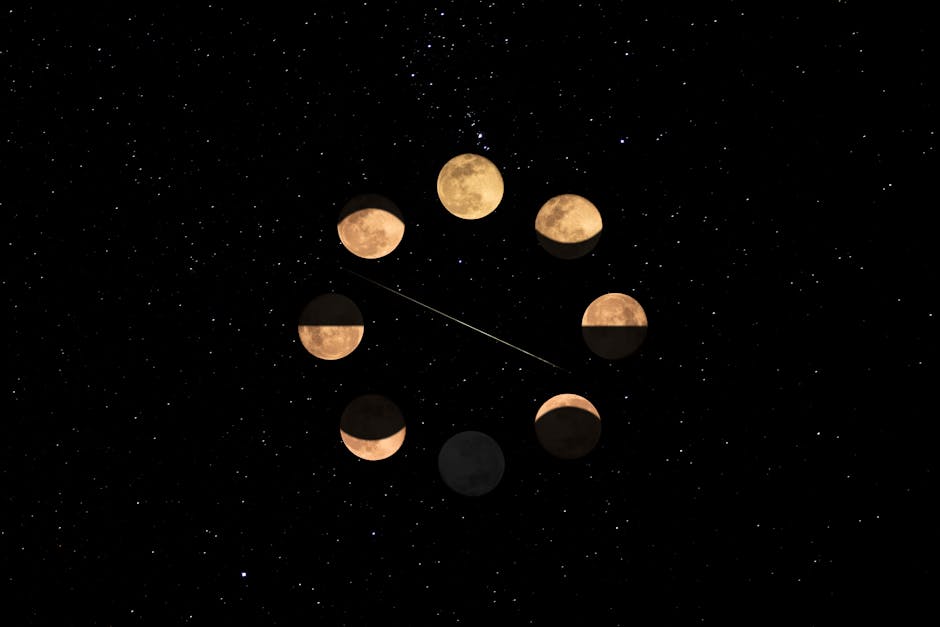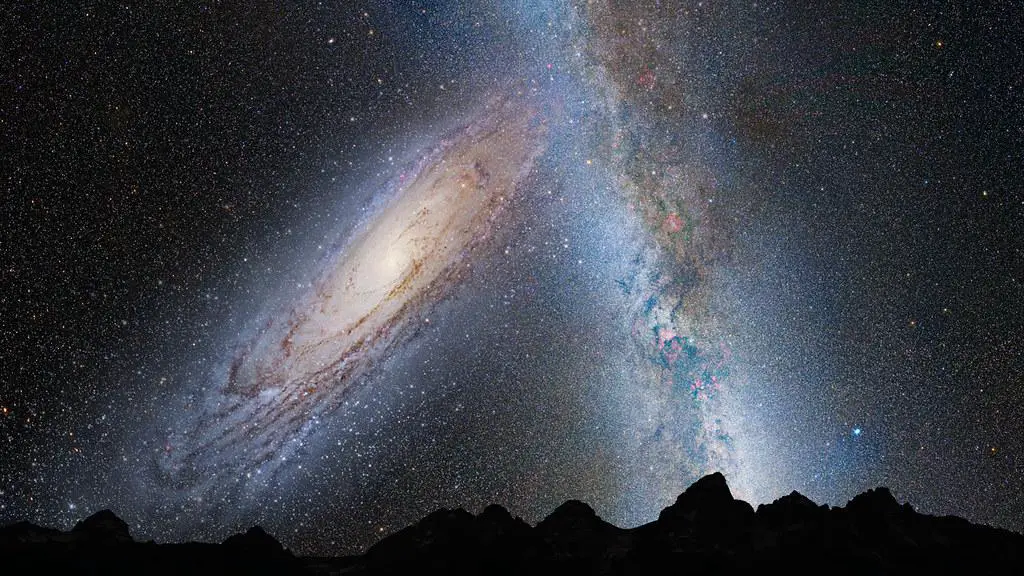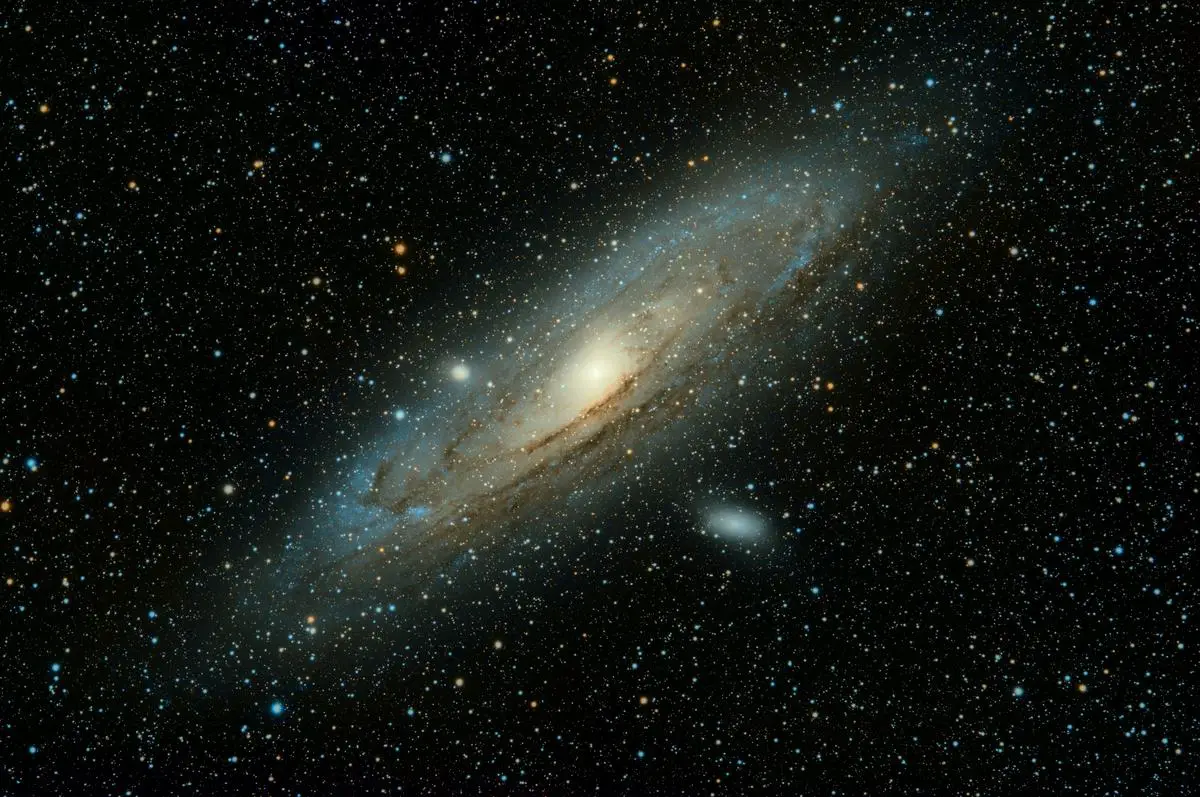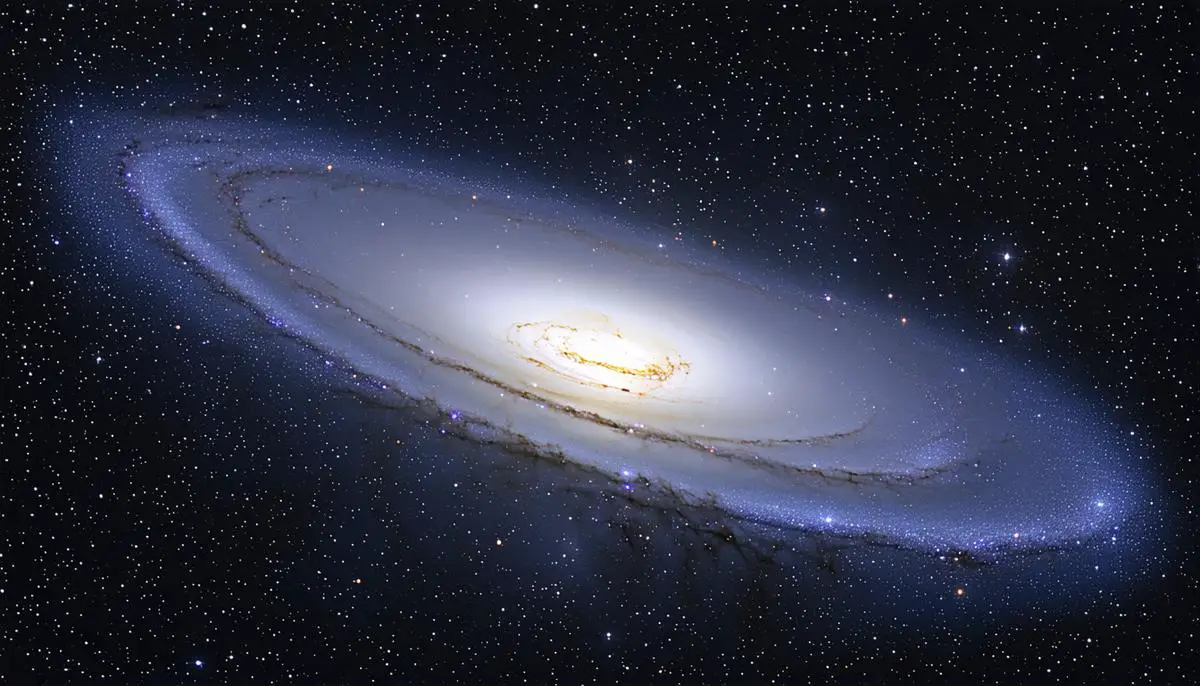10. Indian Ocean Quake, 2012 A massive 8.6 magnitude earthquake struck off the coast of Sumatra on April 11, 2012, followed by an 8.2 magnitude tremor. Despite their power, these events caused limited physical destruction. The region of Aceh in Indonesia bore the brunt, with people fleeing in terror, haunted […]
![]()








